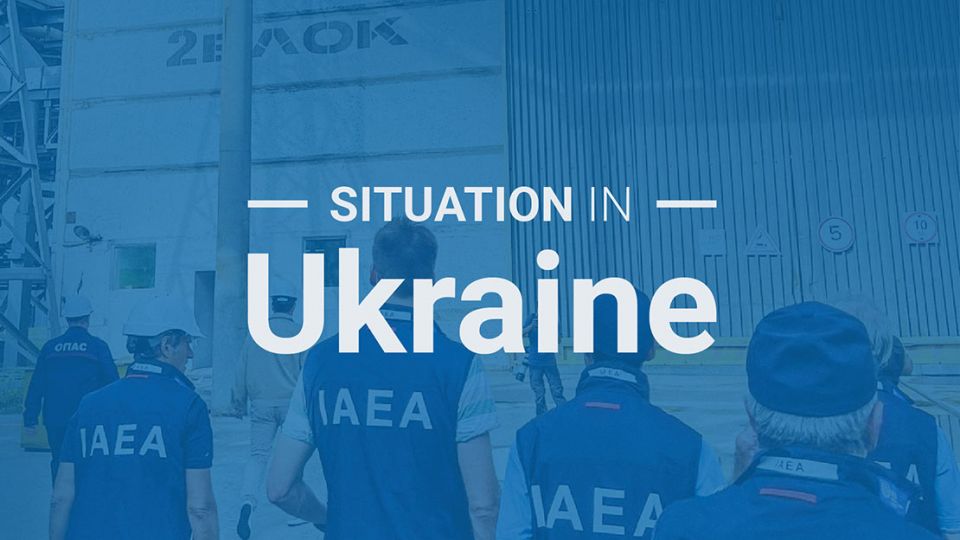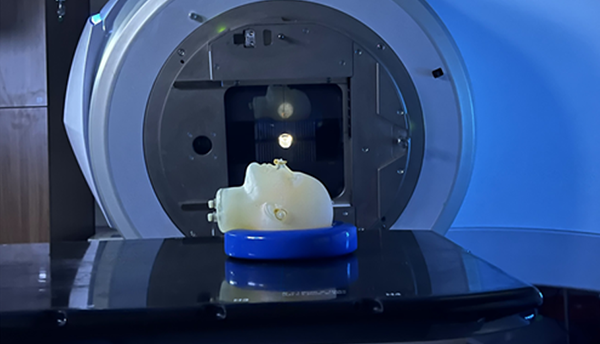Challenging scientific organizations to adhere to scientific methods
![tr-senate[1]](https://cdn.ans.org/cafe/2011/08/tr-senate16.jpg)
Rockwell
NYAS book on Chernobyl effects rejects the scientific method
Here is a brief background of the error. It will be followed by a call to action.
The work selected as the December 2009 edition of The Annals of the New York Academy of Sciences (NYAS) was an expansion and translation of a report originally published in Russian and later translated to English under the sponsorship of Greenpeace International. The NYAS book, titled Chernobyl: Consequences of the Catastrophe for People and the Environment comes to conclusions about the effects of the accident that are in stark opposition to the conclusions reached by the United Nations Scientific Committee on the Effects of Atomic Radiation (UNSCEAR).
Where the UNSCEAR report indicates that the total number of deaths caused by the accident through 2006 was less than 50, the book that the NYAS selected as its December 2009 Annals edition claims that there were 985,000 deaths attributable to the accident. It is difficult to comprehend the possibility that two scientific studies of the same event could differ by a factor of 19,700.
Fortunately, the authors of Chernobyl Consequences provide a reasonable explanation for the vast gulf between their conclusions and the conclusions reached by the scientific organizations that studied the accident's effects. I am paraphrasing here, but the bottom line is that the authors, publishing sponsors and editors involved in the project had no intention of doing any scientific or statistical analysis. Instead they spent their time compiling as many anecdotes as they could find to support their preexisting mission.
Here are some quotes from Chernobyl Consequences that support my summary of their goals and methods:
(Causal thesis)We believe it is unreasonable to attribute the increased occurrence of disease in the contaminated territories to screening or socioeconomic factors because the only variable is radioactive loading. Among the terrible consequences of Chernobyl radiation are malignant neoplasms and brain damage, especially during intrauterine development. (p. 2)
...
(Rejection of correlation requirements)
Why are the assessments of experts so different?
There are several reasons, including that some experts believe that any conclusions about radiation-based disease requires a correlation between an illness and the received dose of radioactivity. We believe this is an impossibility because no measurements were taken in the first few days. Initial levels could have been a thousand times higher than the ones ultimately measured several weeks and months later. (p. 2)
...
(Rejection of impact of other variables)
In independent investigations scientists have compared the health of individuals in various territories that are identical in terms of ethnic, social, and economic characteristics and differ only in the intensity of their exposure to radiation. It is scientifically valid to compare specific groups over time (a longitudinal study), and such comparisons have unequivocally attributed differences in health outcomes to Chernobyl fallout. (p. 3)
...
(Anecdote collection method)
The scientific literature on the consequences of the catastrophe now includes more than 30,000 publications, mainly in Slavic languages. Millions of documents/materials exist in various Internet information systems-descriptions, memoirs, maps, photos, etc. For example in GOOGLE there are 14.5 million; in YANDEX, 1.87 million; and in RAMBLER, 1.25 million citations. There are many special Chernobyl Internet portals, especially numerous for "Children of Chernobyl" and for the Chernobyl Cleanup Workers ("Liquidators so called") organizations. The Chernobyl Digest-scientific abstract collections-was published in Minsk with the participation of many Byelorussian and Russian scientific institutes and includes several thousand annotated publications dating to 1990. At the same time the IAEA/WHO "Chernobyl Forum" Report (2005), advertised by WHO and IAEA as "the fullest and objective review" of the consequences of the Chernobyl accident, mentions only 350 mainly English publications. (Preface p. xi)
...
(Rejection of statistical methodology)
It is methodologically incorrect to combine imprecisely defined ionizing radiation exposure levels for individuals or groups with the much more accurately determined impacts on health (increases in morbidity and mortality) and to demand a "statistically significant correlation" as conclusive evidence of the deleterious effects from Chernobyl. More and more cases are coming to light in which the calculated radiation dose does not correlate with observable impacts on health that are obviously due to radiation.
(Emphasis added.)
Though Greenpeace International and its favored authors are free to print any material they want and people are free to read that material to reinforce their existing belief that radiation at any level is harmful, it is the responsibility of the scientific community to provide accurate information and to submit its work for independent peer review. The normal process of challenging assumption, correlating causes and effects, performing valid statistical analysis and accounting for confounding variables is what allows reasonably correct decision making.
Electronic version of NYAS book available for download
Though the decision to publish Chernobyl Consequences took place more than three years ago, it should not be relegated to the category of old news. The NYAS might have stopped printing the paper bound book, but the electronic version of the publication remains readily available for purchase or downloading by NYAS members. The publication web site contains links to several reviews and responses that are only available to people with academic subscription services or to people who care enough about the issue to lay out $39.95 for each letter to the editor. Just one of the linked responses is available to the public without additional fees; it is a devastating review written by M. I. Balonov of the Institute of Radiation Hygiene in St. Petersburg, Russia.
I purchased the response from Yablokov and Nesterenko to the criticism of S. V. Jargin so you would not have to. It provides more fodder for my assertion that the authors have specifically challenged the notion that the scientific method is important, and it includes a veiled accusation that should offend nuclear energy professionals.
In the Foreword, the Introduction and in Chapter II, it is mentioned that obliteration of those publications is not acceptable both from a moral and an ethical (note that in general, medical practitioners could only add short statements about their studies in numerous scientific and practical conferences) but also from a methodological point of view (when the sample number is very large, there is no necessity to use statistical methods developed for a small number of samples).In this respect, criticizing us with the fact that our conclusions are in disagreement with those of IAEA (2006) and the United Nations Scientific Committee on the Effects of Atomic Radiation (UNSCEAR 2000) cannot but be surprising. The book itself was written as a counterpart to reports of official experts that may be connected to nuclear industry.
(Emphasis added.)
In response to Ted Rockwell's sustained pressure, the staff of the Annals of the NYAS made some adjustments to the site hosting the book. They published what they described as a disclaimer that made it clear that the NYAS did not commission the book and that the opinions and conclusions are the responsibility of the authors, not the NYAS. However, the "disclaimer" also makes the statement that the book falls into the category of work deemed "scientifically valid by the general scientific community".
Annals of the New York Academy of Sciences issue "Chernobyl: Consequences of the Catastrophe for People and the Environment", therefore, does not present new, unpublished work, nor is it a work commissioned by the New York Academy of Sciences. The expressed views of the authors, or by advocacy groups or individuals with specific opinions about the Chernobyl volume, are their own. Although the New York Academy of Sciences believes it has a responsibility to provide open forums for discussion of scientific questions, the Academy has no intent to influence legislation by providing such forums. The Academy is committed to publishing content deemed scientifically valid by the general scientific community, from whom the Academy carefully monitors feedback.
That phrase "has no intent to influence legislation by providing such forums" was apparently selected to protect the tax exempt status of the NYAS, but it has no meaning in this instance. There is no pending legislation that could be remotely influenced by an honest discussion that evaluates the scientific merit of the December 2009 edition of the Annals of the New York Academy of Science. The discussion and resulting evaluation, however, would partially restore the scientific integrity of the organization as one that acknowledges that everyone is entitled to their own opinion, but not their own set of facts.
Challenge to integrity of scientific and technical professionals
There are many correct ways to do good science, and there is a method and a process that should be generally accepted as the way to glean truth, gather evidence, and evaluate causation. It is the responsibility of everyone who has a professional interest in properly informing the public about their subject to challenge those who seek to portray fiction as fact. It is especially dangerous for the truth to allow anyone to publish direct challenges to science and the professional integrity of thousands of people under the imprint of an organization like the New York Academy of Sciences.
Quiet pressure from a long-time member of the NYAS has not resulted in any effective action. Perhaps individual letters to the NYAS leadership sent by dozens of qualified professionals will have more impact.
___________________________

Adams
Rod Adams is a nuclear advocate with extensive small nuclear plant operating experience. Adams is a former engineer officer, USS Von Steuben. He is the host and producer of The Atomic Show Podcast. Adams has been an ANS member since 2005. He writes about nuclear technology at his own blog, Atomic Insights.









